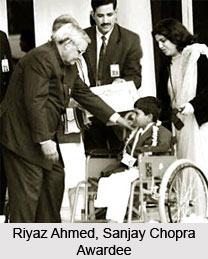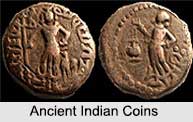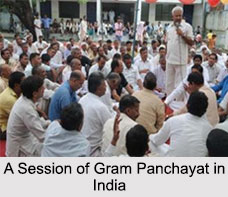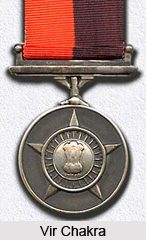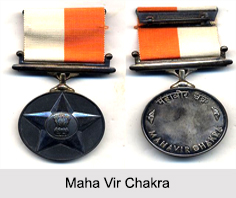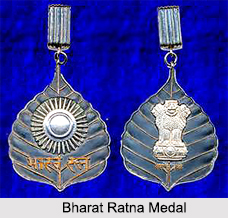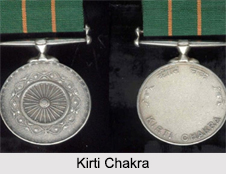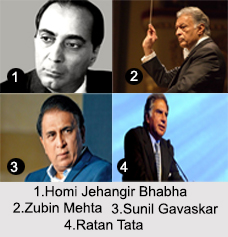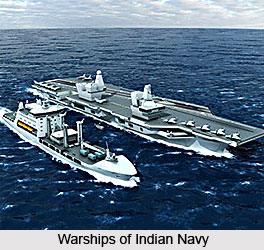 Warship designs are specific to the Indian Navy and this fact was realised by the leaders in the Navy in the 1950s. Henceforth, progressive steps were initiated to have the capability of warship design within the Navy. In 1957, the Corps of Naval Constructors was set up to gain specialisation in naval design and construction. To suit the necessary requirements officers have been trained in UK, USA and USSR. Training programmes have also been established in India at IIT, Delhi and with Naval training establishments. Simultaneously, postgraduate degree courses were introduced for the marine engineering and electrical engineering branches. The idea was to have a composite design organisation with every discipline, i.e. naval constructors, marine engineers and electrical/weapon engineers qualified for the design of state of the art warships. The Navy`s design organisation has to their credit the design of many types and classes of warships. These include the Delhi class destroyers, Brahmaputra class frigates, Kora class Corvettes, Godavari class frigates, Khukri class corvettes, Magar class LSTLs, Sandhayak class survey vessels and seaward defence boats.
Warship designs are specific to the Indian Navy and this fact was realised by the leaders in the Navy in the 1950s. Henceforth, progressive steps were initiated to have the capability of warship design within the Navy. In 1957, the Corps of Naval Constructors was set up to gain specialisation in naval design and construction. To suit the necessary requirements officers have been trained in UK, USA and USSR. Training programmes have also been established in India at IIT, Delhi and with Naval training establishments. Simultaneously, postgraduate degree courses were introduced for the marine engineering and electrical engineering branches. The idea was to have a composite design organisation with every discipline, i.e. naval constructors, marine engineers and electrical/weapon engineers qualified for the design of state of the art warships. The Navy`s design organisation has to their credit the design of many types and classes of warships. These include the Delhi class destroyers, Brahmaputra class frigates, Kora class Corvettes, Godavari class frigates, Khukri class corvettes, Magar class LSTLs, Sandhayak class survey vessels and seaward defence boats.
The capability to design warships in India came about not only through trained manpower, but also through collaboration with UK for building Leander class frigates during 1960s and 70s. Subsequently, the designs FSU and Russian weapon systems on indigenous designs strengthened the nation`s capabilities. The Navy`s design organisation is fully computerised and possesses the necessary techniques for stealth (RCS, IR, noise) prediction, hydrodynamics, ship motion, structural, powerful and dynamic predictions. India can move forward significantly in warship designing by continuously updating the design tools of 3-D type comprehensive computer software with allied application software to automate the design process with necessary checks and balances. In this process, data and drawings will be transferred securely to shipyard both on magnetic medium and on line without any need for duplication of effort by the shipyard.
The scenario of warship building in India although is somewhat outdated yet conquering each of the hindrance, India has build warships at defence shipyards. These shipyards have delivered warships to the design specifications given by the Indian Navy.





